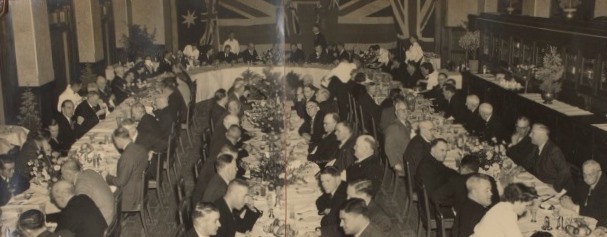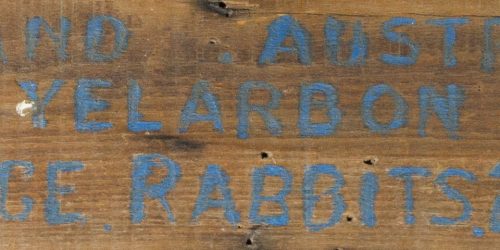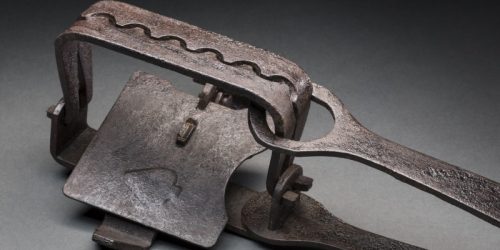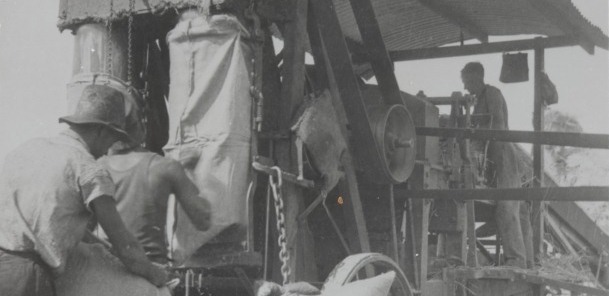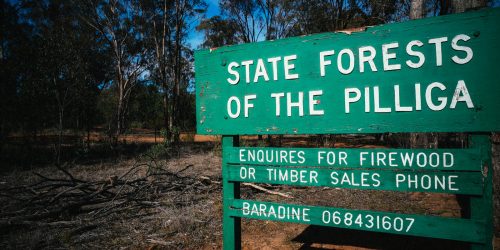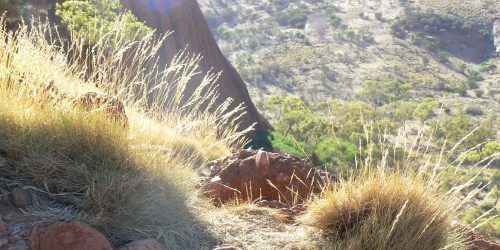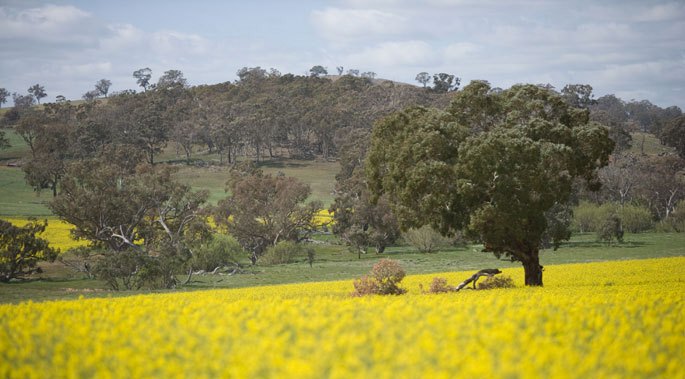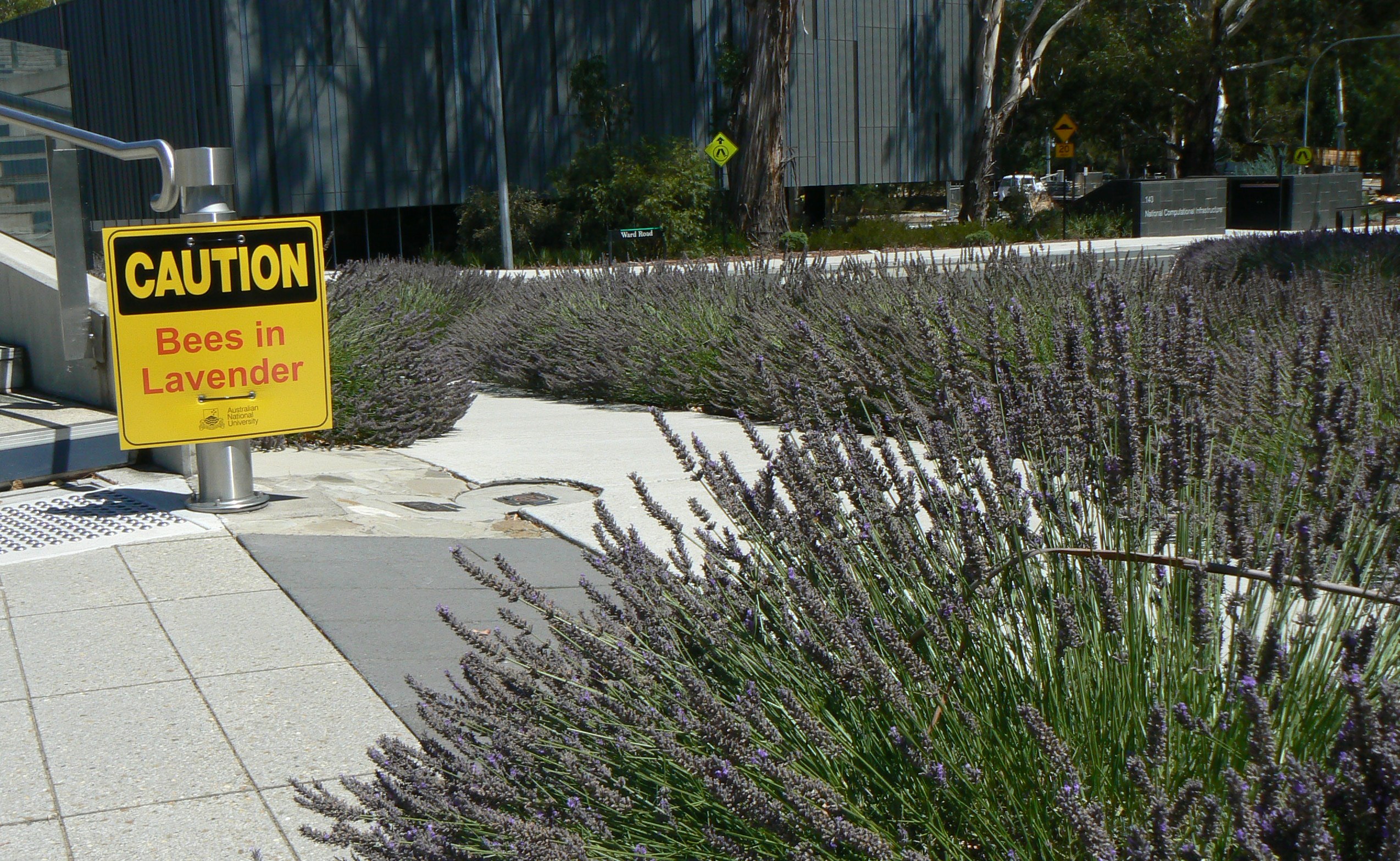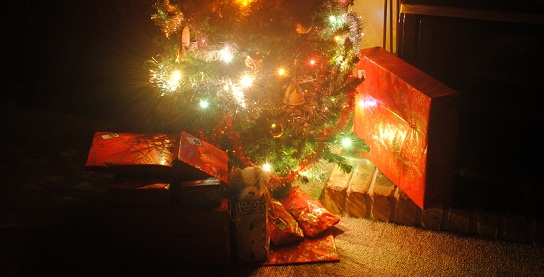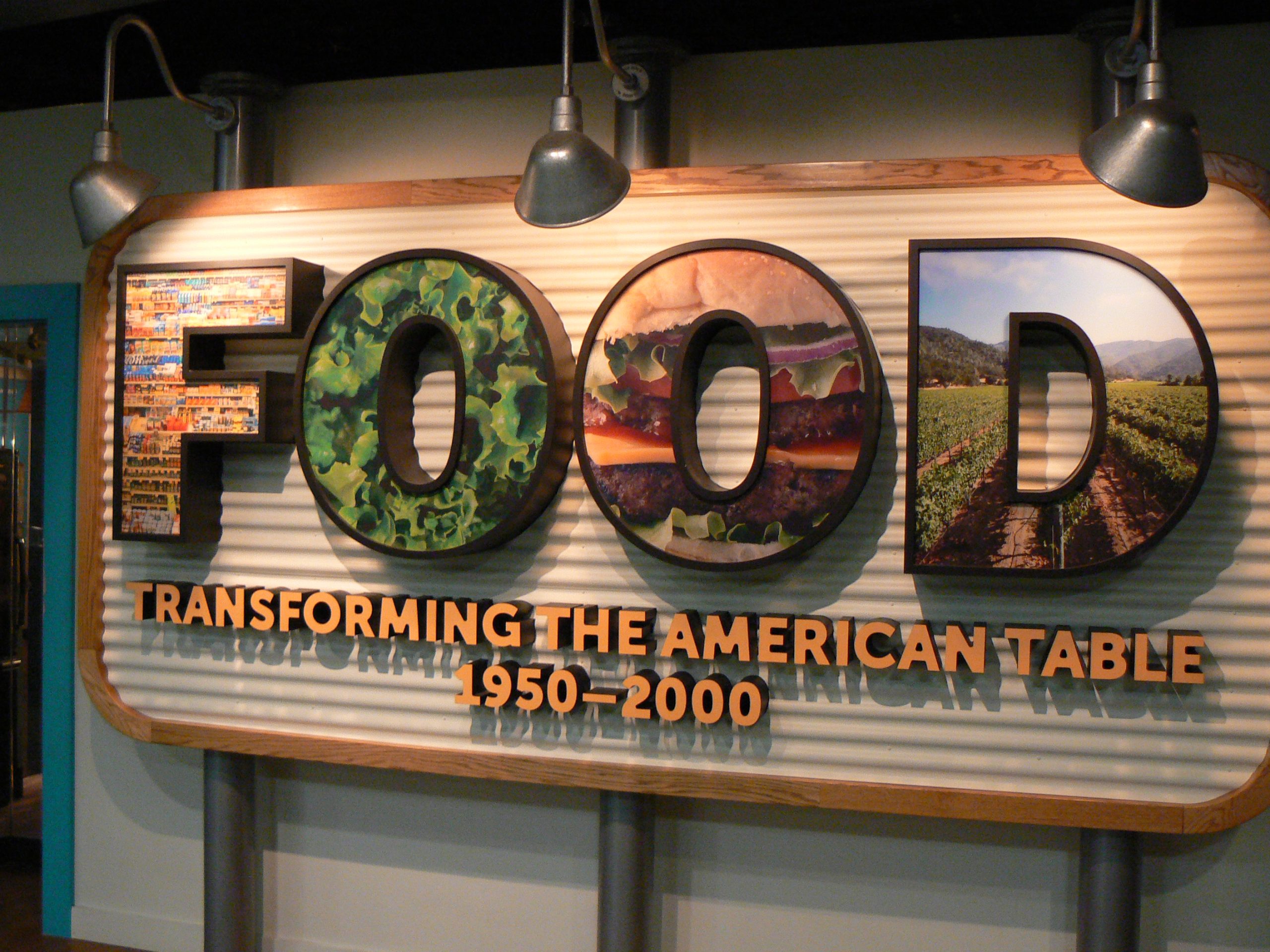Catering for a crowd
Constructed and operating in a newly established capital city, Canberra’s Old Parliament House was designed to be a self-contained building, providing for the needs for members of parliament, staff and visitors. The Commonwealth Parliamentary Refreshment Rooms (CPRR), located in the building’s South Wing, were used to prepare and serve hundreds of meals each day when parliament was sitting, and to cater for grand balls and events for visiting dignitaries. Stories of the...
